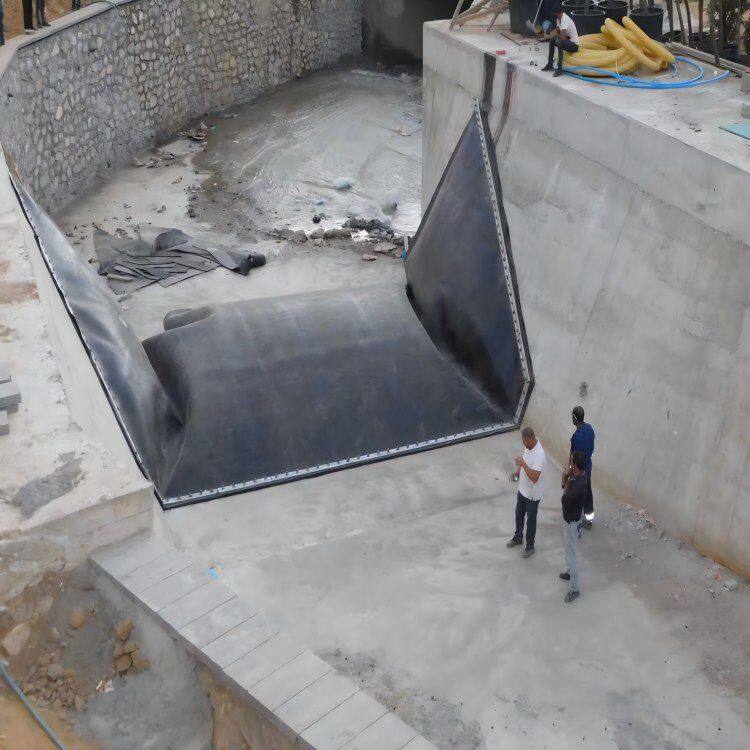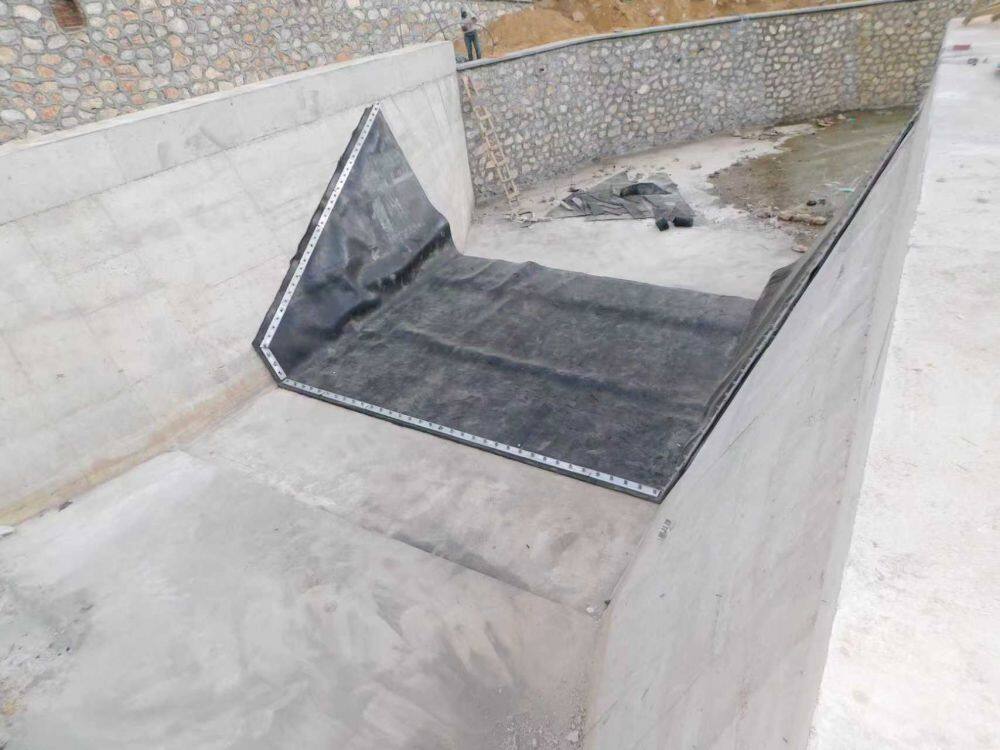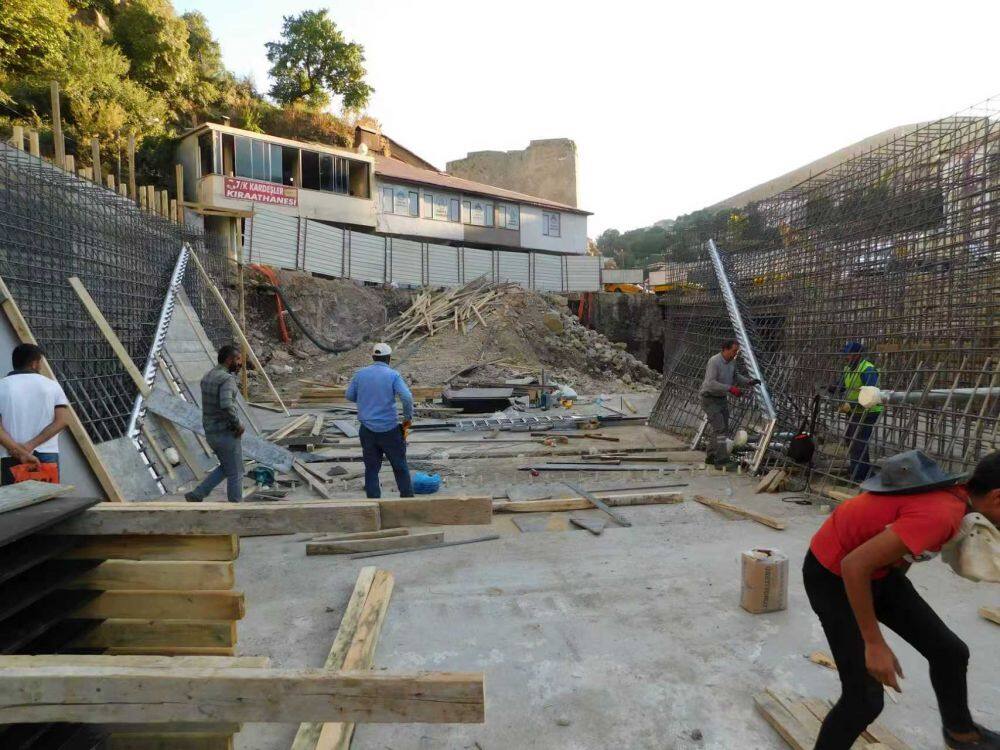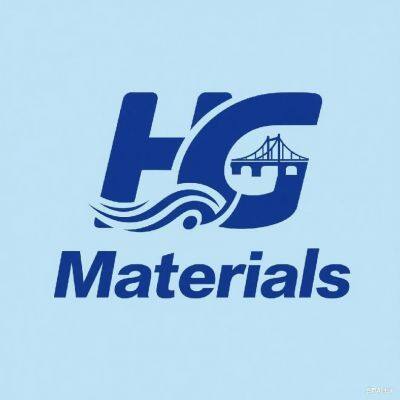-
 Wendy
Hi there! Welcome to my shop. Let me know if you have any questions.
Wendy
Hi there! Welcome to my shop. Let me know if you have any questions.
Your message has exceeded the limit.

Composition of inflatable rubber dams in river channels
2025-09-26 11:05:01
The structure of the inflatable rubber dam in the river can be divided into four main modules: the core dam body system, anchoring stability system, intelligent control system, and safety protection system. Each module works together to achieve functions such as water blocking, flood discharge, and water level regulation. The following analysis will combine engineering practices with the latest technology to examine its composition from a professional perspective.
1. Core dam body system: Flexible structure and inflation medium
1. Dam bag main body (core water-stop unit) Material Composition: Skeleton layer: Made of high-strength nylon canvas (tensile strength ≥300kN/m) or vinylon, with some projects embedding stainless steel mesh or ceramic chips to prevent piercing from sharp objects. For example, the Blue Polder Dam (8 meters high) built by Japan's Sumitomo Corporation in the Netherlands uses wire skeleton technology, with a design life of 25 years. Rubber layer: Outer layer: Ethylene propylene diene monomer (EPDM) rubber, UV resistant and aging resistant (as used in Yantai Donghuili Dam); Inner layer: Neoprene rubber (CR), water-tightness achieves below 0.01L/min; Middle layer: Composite of natural rubber and styrene-butadiene rubber, enhancing interlayer bonding strength. Structural design: Internal pressure ratio: Typically taken as 0.75-1.10, balancing the dam bag tension and stability; Vibration prevention design: The spine structure can reduce 50% of water flow vibration, suitable for overflow conditions. 2. Inflation medium Mainstream choice: Air primarily, fast inflation/deflation speed (e.g., 30 minutes for a certain dam in Shandong), and avoids freezing at low temperatures; Mixed mode: Water-air dual-use (like Blue Polder Dam), balancing water stop height and freeze prevention needs.

2. Anchoring stability system: Rigid support and dynamic adaptation 1. Anchoring form Double-line pressure plate type: Double-layer stainless steel pressure plates (thickness ≥10mm) fastened by M16 stainless steel bolts (embedded depth ≥20cm), with pull-out force ≥80kN/m; The space between the pressure plate and the dam bag is filled with neoprene rubber sealing strips to dynamically release stress and resist penetration. Single anchoring line type: Suitable for low-head projects (like the Mushroom Lake Dam in Xinjiang, dam height 2 meters), with bolt spacing of 25cm, and each bolt bearing a tensile force of 4.92kN. 2. Foundation structure Base plate design: C30 reinforced concrete (thickness 1.1-1.5m), with front and rear tooth walls enhancing resistance to sliding stability; Anti-seepage treatment: Upstream covered with clay or concrete anti-seepage layer (thickness 0.5-1.0m), downstream set drainage ribs to reduce uplift pressure.

3. Intelligent Control System: Automation and Remote Management1. Inflation and Deflation EquipmentInflation System:Multistage centrifugal blower (air volume 5-20m³/min), paired with a gas storage tank (volume ≥ 15% of the bag volume);Electric butterfly valves, pressure buffer tank, and pressure transmitter (accuracy ±0.5% FS) are sequentially installed on the pipeline.Control System:PLC controller (such as Siemens S7-300): real-time monitoring of bag pressure and upstream/downstream water levels, automatic adjustment of inflation and deflation volumes;Human-Machine Interface (HMI): touchscreen displays operational parameters, supports remote operation (such as mobile APP control).2. Monitoring NetworkSensor Configuration:Pressure sensors inside the bag (accuracy ±0.2% FS), ultrasonic level gauge (range 0-10m, accuracy ±3mm);Inclination sensors monitor support displacement, with abnormal fluctuations triggering a three-level alarm (e.g., automatic deflation when displacement > 5mm).
4. Safety Protection System: Multiple Redundancies and Emergency Response1. Overpressure ProtectionSafety Valve: Automatically relieves pressure when the dam bag's internal pressure exceeds 1.1 times the design value, with discharge flow rate ≥ 2 times the design inflation volume;Water Seal Pipe: U-shaped water seal structure prevents gas leakage while monitoring pressure changes.2. Emergency Dam FailureAutomatic Dam Failure Device: Triggers a "Red Alert" during heavy rain, evacuating the gas in the dam bag within 10 minutes (as seen in a dam case in Jiangsu);Backup Power Supply: Diesel generator ensures dam failure operation can still be completed during a power outage.3. Durability DesignWear Resistance Treatment: The surface of the dam bag is coated with a wear-resistant layer (such as polytetrafluoroethylene) to reduce wear from sand and gravel erosion;Lifecycle Management: Each dam has a "Digital Twin Profile" that predicts aging trends and automatically generates maintenance plans.
Tags: Inflatable rubber dam, River rubber dam

